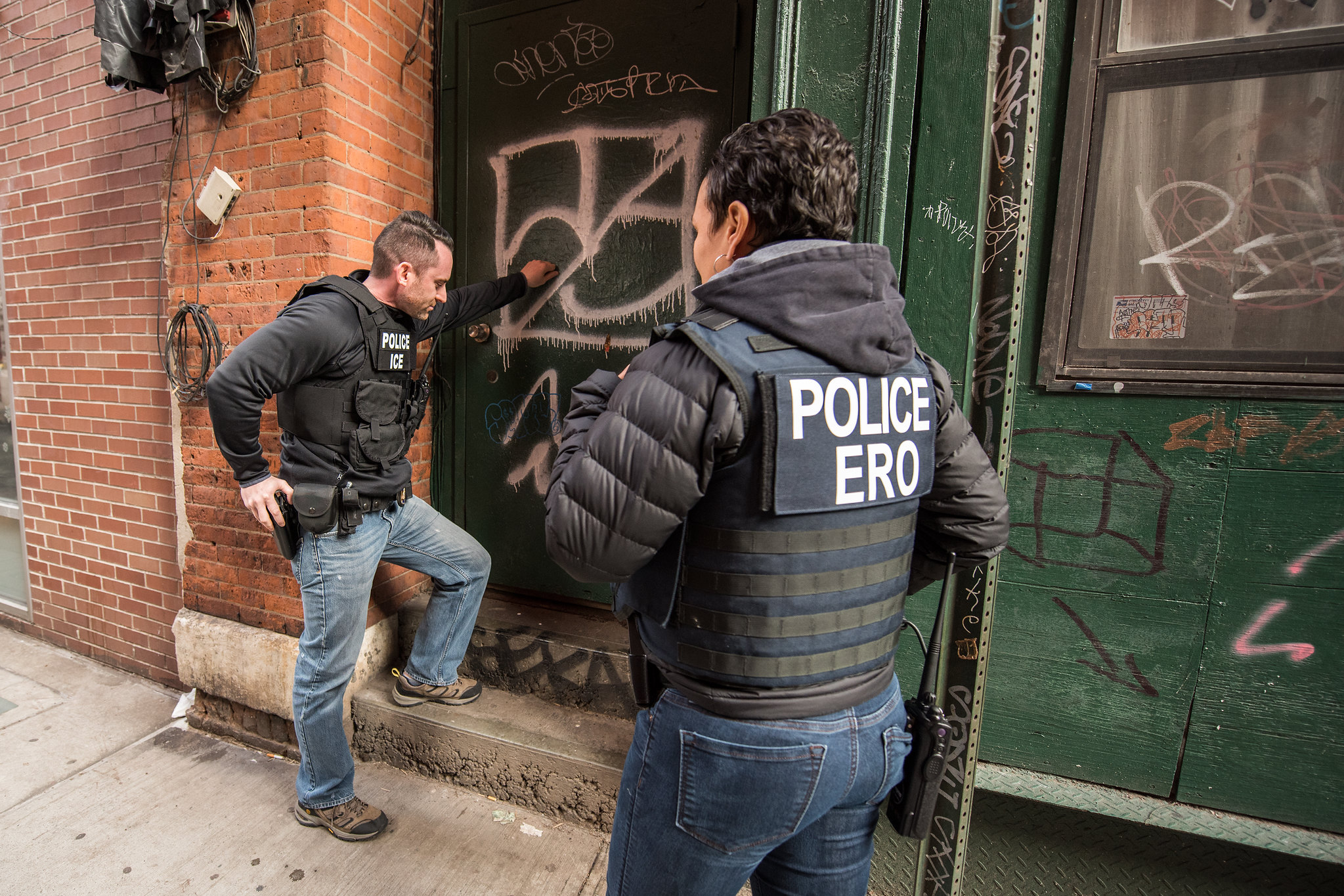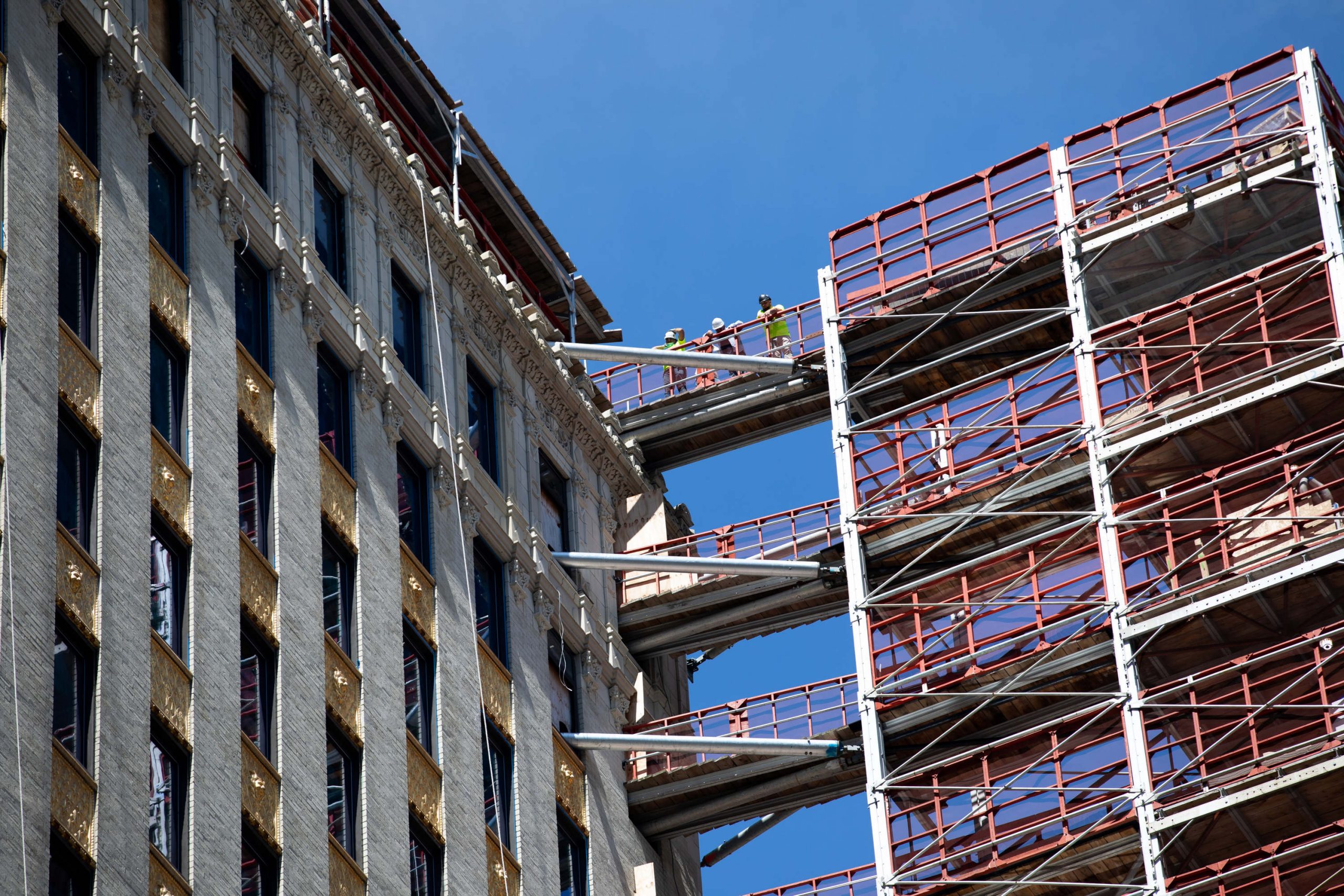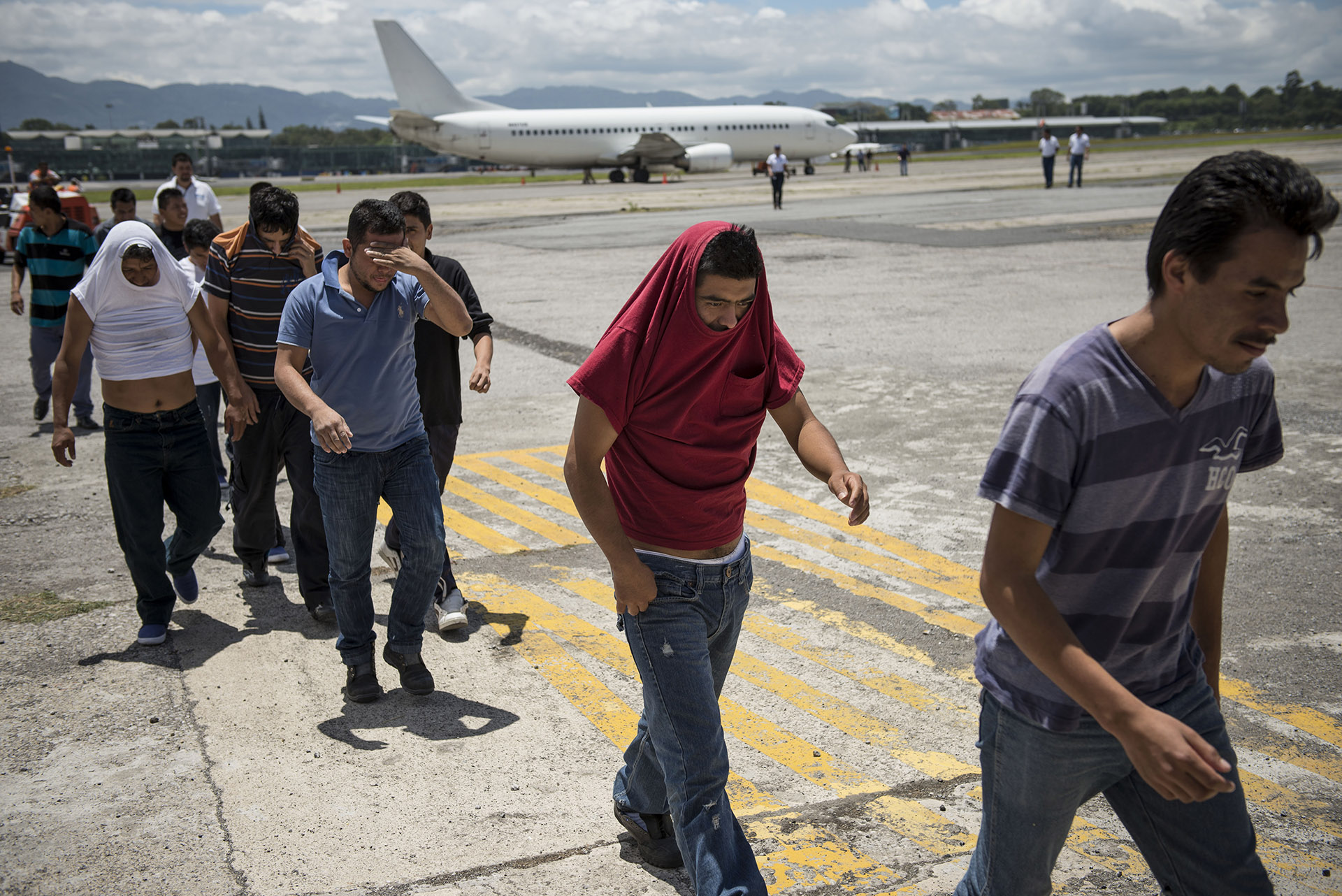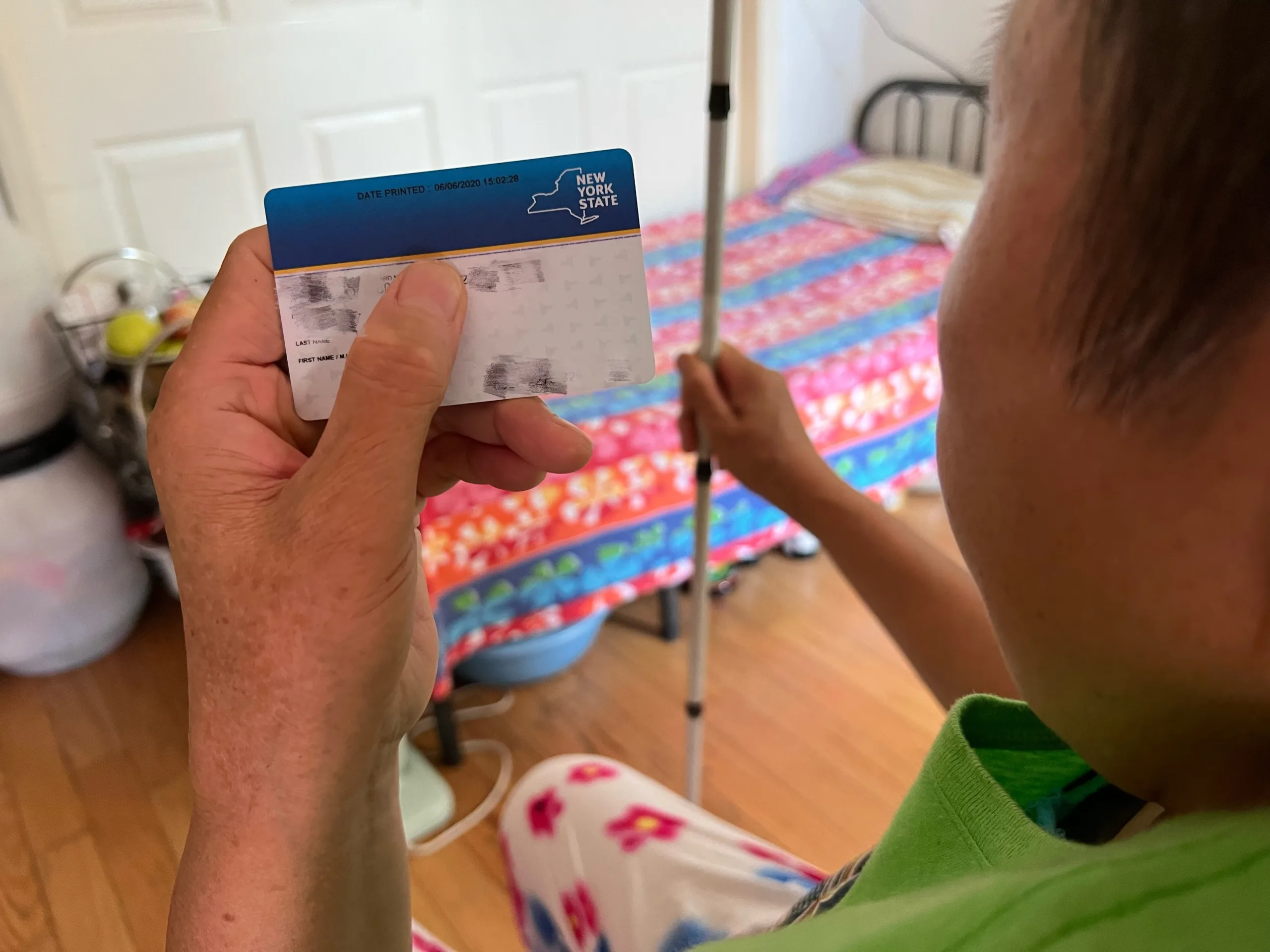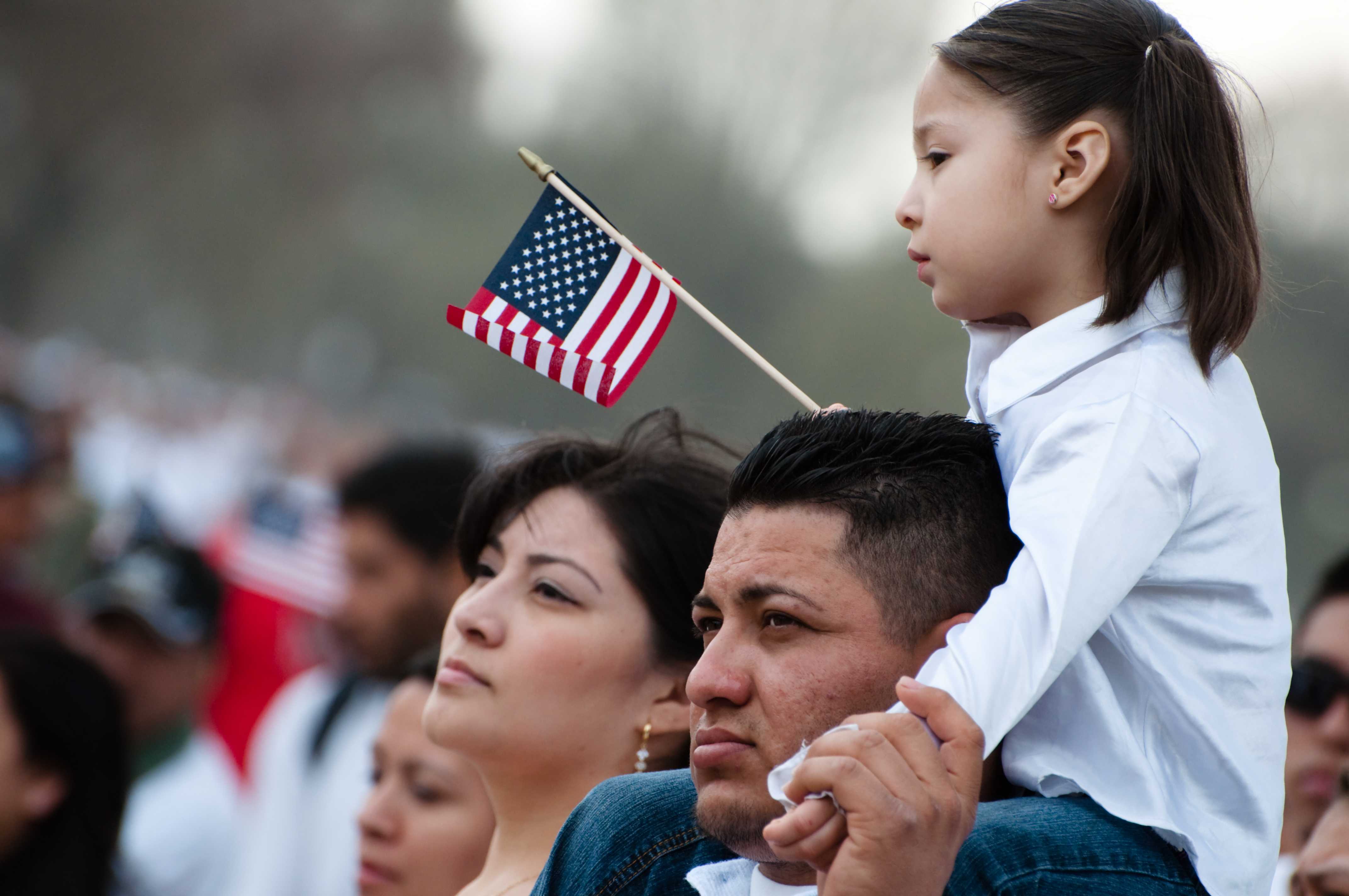The New York City field office of U.S. Immigration and Customs Enforcement will now be required to give immigrants a fair consideration of release after the New York Civil Liberties Union and The Bronx Defenders reached a settlement with the agency. For approximately the next three years, ICE will have to take multiple factors into account in their determination over whether immigrants are released, detained, put on a monitoring program, or placed on other conditions including whether the individual ICE arrests has a disability and what the individual’s financial ability to pay bond looks like.
A 2020 lawsuit brought by NYCLU and The Bronx Defenders alleged that ICE in New York was engaging in what the organizations called a “No-Release Policy,” where they said the agency was enforcing a “blanket policy” of denying release and bond for individuals ICE arrests, according to the lawsuit. Federal law requires ICE officers to make custody decisions after an arrest on a case by case basis.
Also Read: Immigrants Should Only Wait 6 Months for a Bail Hearing
From 2013 to June 2017, about 47% of immigrants categorized as low risk by the government were granted release by the New York City Field Office, according to data obtained by the New York Civil Liberties Union under the Freedom of Information Act, the complaint said. But from June 2017 to September 2019, that dropped to just 3%, according to the complaint.
ICE disputed the allegations in the complaint and said it never had a “No-Release Policy,” the settlement says. A spokesperson for ICE said that the agency had no comment on the settlement at this time.
In 2020, about a month after the lawsuit was filed, a federal judge ruled in an injunction that the ICE New York field office was required to make an equitable release assessment in each arrest. “The critical thing that both the injunction and now the settlement has done is ensure that people who are arrested by ICE get a meaningful consideration of release,” said Amy Belsher, a senior staff attorney at the New York Civil Liberties Union.
But the current settlement goes even further than the injunction, Belsher said, requiring ICE to “see whether somebody has a special vulnerability.”
ICE agreed to instruct its agents to consider individuals’ ability to pay for bond when deciding what conditions they would face after an arrest, known as the initial custody determination. The settlement, Belsher said, “requires ICE to look at the specific facts of everyone’s case and see whether there’s a way to release them.”
The settlement also details various other actions that ICE has agreed to follow, including; providing officers who make the custody determination with training in the terms of the agreement, sharing quarterly reports with information about custody determinations for each arrest, and detailing their reasoning for initial custody determinations on a worksheet, according to the settlement.
Also Read: Only 20% of ICE Detainees Get a Hearing Within 10 Days
The terms of the settlement only apply to individuals arrested by the agents from the ICE field office in New York who have not yet seen an immigration judge for a bond hearing, the settlement says.
ICE, however, is not “required” to settle on a certain outcome for each arrest. But the agency did agree that it will not “adopt a blanket ‘no-release’ policy,” the settlement says.
The NYCLU has been receiving reports about ICE arrests in New York, regarding individuals ICE has the discretion to release, for the past two years. The data shows that during the Trump administration, ICE continued to detain a high number of individuals, often who had no criminal convictions and long-standing ties to the community, Belsher said. During the Biden administration, however, ICE arrests individuals who are lower risk less often – and the figures show that the overall number of people that ICE has arrested, who the agency can choose to release, has dropped, Belsher said.
Now, under the terms of the settlement, ICE has committed to looking at whether a condition for release under the Alternatives to Detention programs – including ankle monitors and other remote surveillance – might satisfy any concerns about an individual being a flight risk, Belsher said.
Also Read: Ankle Monitors and GPS Apps: ICE’s Alternatives to Detention, Explained
“Where ICE finds that somebody is a flight risk,” Belsher said, “they have to also ask–but would a condition sort of ameliorate that concern. Can they still be released, but on a condition?”
But whether it’s the initial arrest, the decision to put an individual in detention, or move them in a surveillance Alternatives to Detention program, immigrant advocates say that ICE is not being transparent about its determinations.
“A lot of these decisions that ICE is making are happening in the shadows… Part of what this settlement I think is trying to do, is shed light into that process,” said Kshithij Shrinath, a Liman Fellow with the Impact Litigation Practice at The Bronx Defenders. “It’s forcing ICE agents who aren’t used to explaining themselves to go through a rigorous detailed process.”
